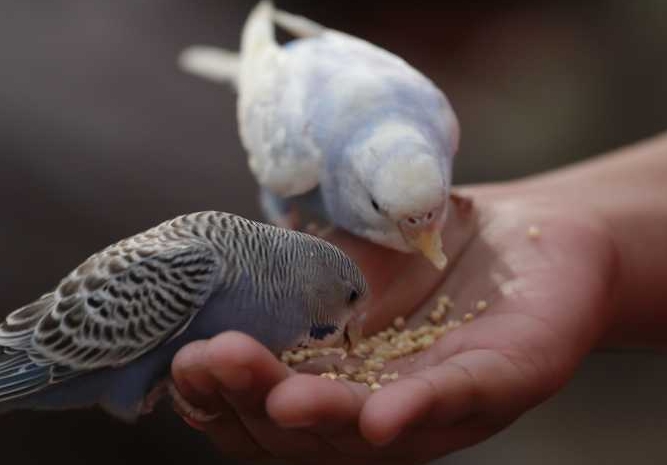Birds are known for their diverse diets, with some species being specialized feeders while others have a more varied menu. Let’s take a closer look at the diets of some common bird species to better understand their feeding habits.
Seed Eaters: Goldfinches and Sparrows
Goldfinches and sparrows are known for their preference for seeds. These birds have specialized beaks that are perfectly suited for cracking open seeds and extracting the nutritious contents. They can often be seen visiting bird feeders filled with sunflower seeds, millet, and nyjer seeds.
Insect Eaters: Bluebirds and Warblers
Bluebirds and warblers are insect eaters, relying on a diet of insects and other small invertebrates to fuel their energy needs. They have sharp, pointed beaks that allow them to capture and eat insects on the fly. These birds can be found foraging in trees and shrubs, searching for their next meal.
Nectar Feeders: Hummingbirds
Hummingbirds have a unique diet consisting of nectar from flowers and plants. Their long, slender beaks are adapted for sipping nectar from tubular flowers. Hummingbirds are important pollinators, transferring pollen from flower to flower as they feed on nectar.
Carnivores: Hawks and Owls
Hawks and owls are carnivorous birds that rely on a diet of small animals such as rodents, birds, and insects. These birds of prey have powerful talons and beaks that allow them to capture and consume their prey. They are skilled hunters, using stealth and speed to catch their meals.
Scavengers: Crows and Vultures
Crows and vultures are scavengers that feed on carrion and other dead animals. These birds play an important role in cleaning up the environment by consuming decaying matter. They have strong beaks that can tear through tough flesh and bones to access the nutritious meat inside.
Regardless of their specific diet, all birds play a vital role in their ecosystems. By understanding the feeding habits of common bird species, we can better appreciate and protect these feathered foodies. Next time you see a bird, take a moment to consider what it might be eating and how it contributes to the natural world around us.

